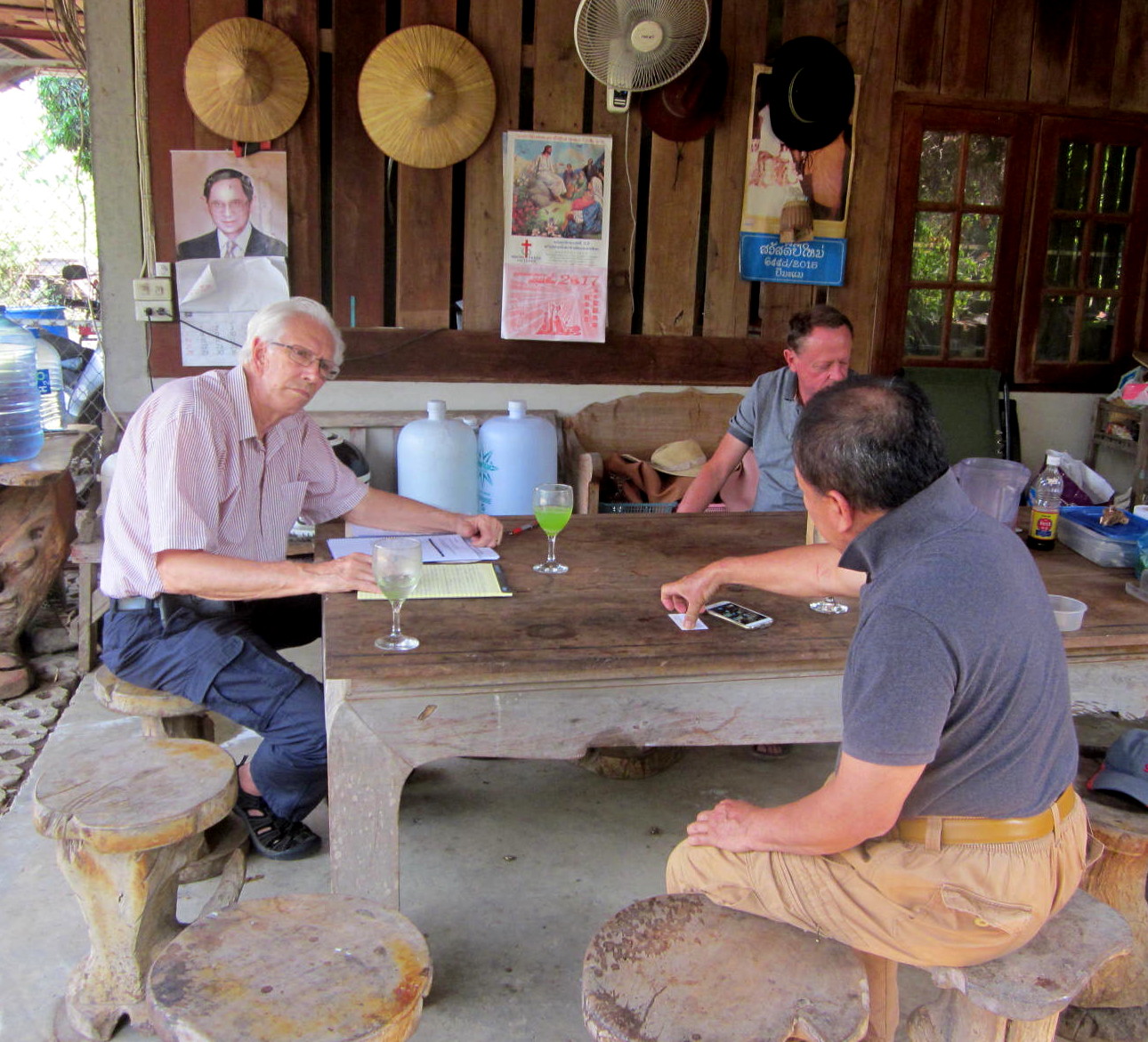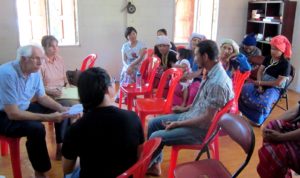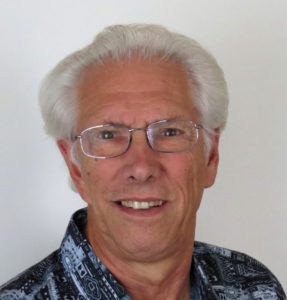Spring Break Research in Thailand
Posted 05/26/2017 in Pioneers of Today

“The spirits residing in the tree could not escape before the tree was milled into planks that were used to build my house. Now they are stuck here and the only way to release them is to call a Monk who can perform a ritual using the Bali language in order to let them go.” Such was the discussion with a group of Lanna villagers near Chiang Mai in the far north of Thailand. They were concerned about the creepy sounds as well as “scary visitations” at night. And I was learning about a whole hierarchy of spirits that inhabit Thailand, from the high and mighty “Spirit of Siam” to lowly beings inhabiting the “spirit house” on almost every property in the country. This is Thai folk Buddhism and represents the people’s thinking as they integrate their traditional beliefs and values with present-day Buddhist understanding.
Working on our John Templeton Foundation research grant with its focus on “recruiting field data for cognitive science of religion (CSR) questions,” we have been exploring various approaches to collecting people’s ideas about spiritual beings and powers (what anthropologists call “SuperHuman Beings”) and the nature of rituals that are driven by those beliefs. When a general online survey did not produce the depth of data we were hoping for and former students who had studied with me did not generate the quantity of data we needed, it became clear our team would personally need to collect the data. Over spring break we sent PhD student Joe Pfeiffer to Indonesia; I went to Thailand; another PhD student collaborator, Jonathan Grimes, worked with Central Asian contacts across the Los Angeles basin and through Facebook; and Justin Barrett (my co-grantee) talked with Armenian Orthodox students about the “Saints.” These efforts produced more of the kind and quantity of data we needed and will be part of our report to the John Templeton Foundation.

In the space of two weeks in Thailand, I interviewed over 30 people, collected many stories, and enjoyed learning from sophisticated university students as well as hill tribe villagers. Through it all I discovered the importance of spiritual presence at every level of the spiritual hierarchy: from those with national holidays dedicated to them to protective spirits who acknowledge the daily lighting of incense sticks that accompany food offerings at the door of the spirit house; from forest spirits ready to pounce on an unsuspecting traveler to ghosts who, because of an accident, are frozen in time and cannot get out of their present “condition.” The role of monks who chant their spells in Balinese (an Indonesian connection, relating to ancient Hindu beliefs and practices) is necessary for the people who deal with spiritual presence on a daily basis.
One afternoon I hung out with such a monk who plied me with stories, gave me a sample of chants in Balinese, and insisted I drink a celery “cocktail” he made on the spot—spiced with lime juice from his organic farm; it was all good fun! Such experiences connect my present research with a past interaction with shamans in North American First Nations communities, discovering the presence and power of bush spirits in the Western Province of Papua New Guinea, and watching African mediums perform sacrifices to appease angry spirits who felt disrespected. These narratives connect real people to the reality of survival in a spiritual world that completely envelopes them. Introducing them to God’s “Holy Spirit” who wants to care for them in an intimate, personal way provides hope and freedom that goes beyond monks chanting in a strange language people do not understand. My prayer is that this research will enable us to give those working in such places tools for understanding what people need to know to deal with spiritual power. Knowing their concerns, the role of spirituality, counteractive language, and rituals, message bearers can present scripture dealing with the same issues. That gives people very “good news”—it is the gospel! If you are around next spring quarter (2018), join me as we integrate all this into my “Human Spirituality in Culture” course—mark your calendar!


